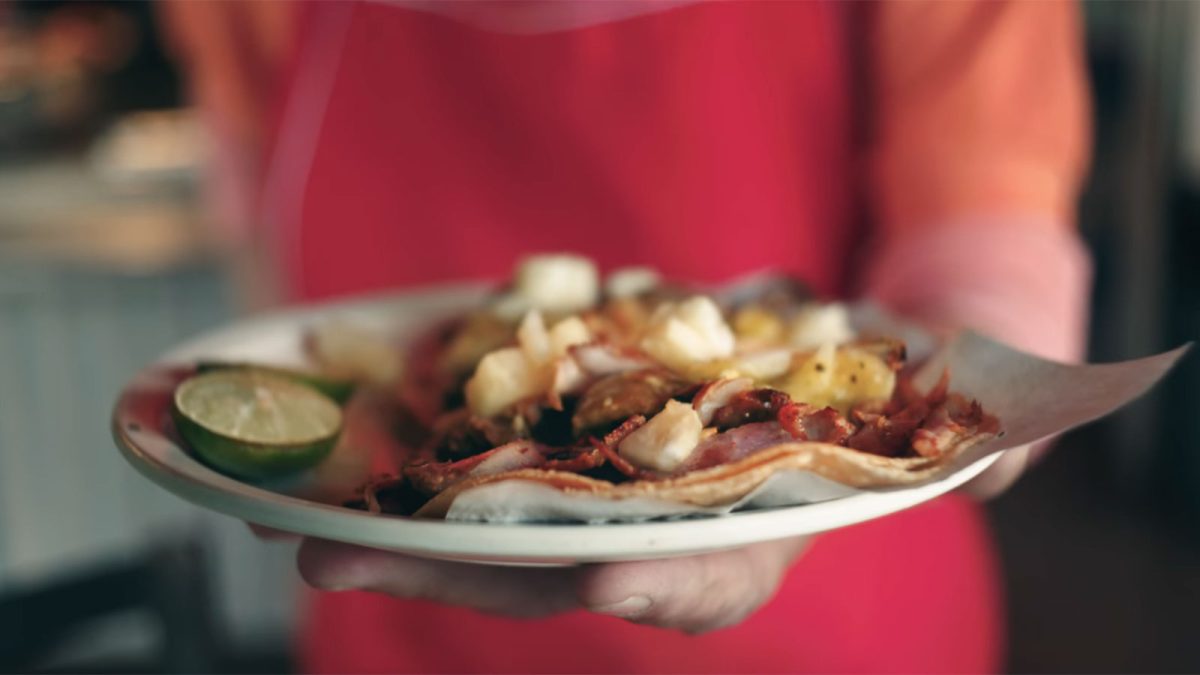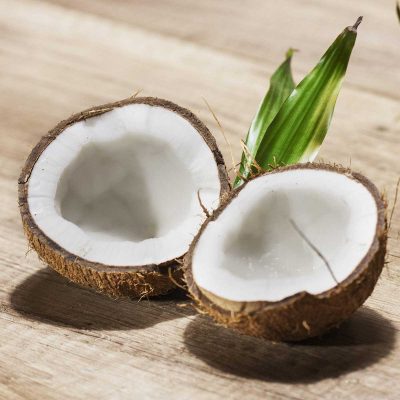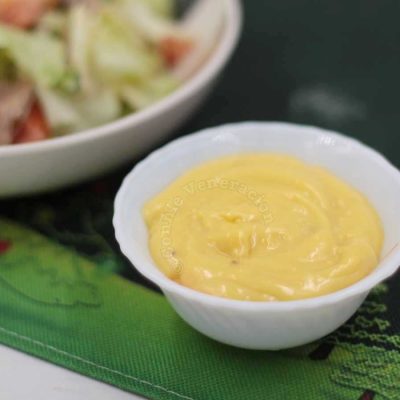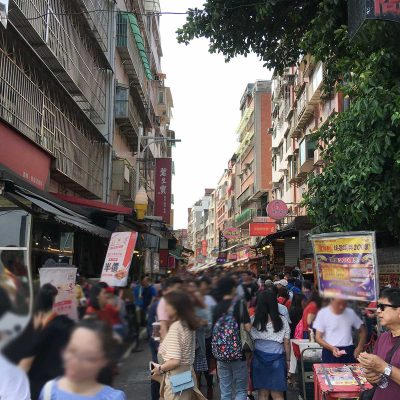But probably the most important lesson from Taco Chronicles is that, in Mexico, taco is a street food but it is not fast food. It takes time and patience to cook the succulent fillings that go on a tortilla. Even making a tortilla is a laborious process based on centuries-old traditions.
Episode 1 is about al pastor taco which is especially famous in Mexico City. It traces its origin to the Ottoman Empire and the Lebanese migrants who settled in Mexico who tried to recreate their beloved shawarma by substituting pork for lamb. Al pastor tacos are filled with layers of pork marinated in adobo sauce, stacked and grilled in a vertical spit. Yes, just the the spit on which meat is cooked for making shawarma.
Episode 2 deals with carnitas tacos. And carnitas is not what those pretentious cooks on Food Network make. This is meat from different parts of the pig, with the skin, cooked slowly in its own fat like the French duck confit.
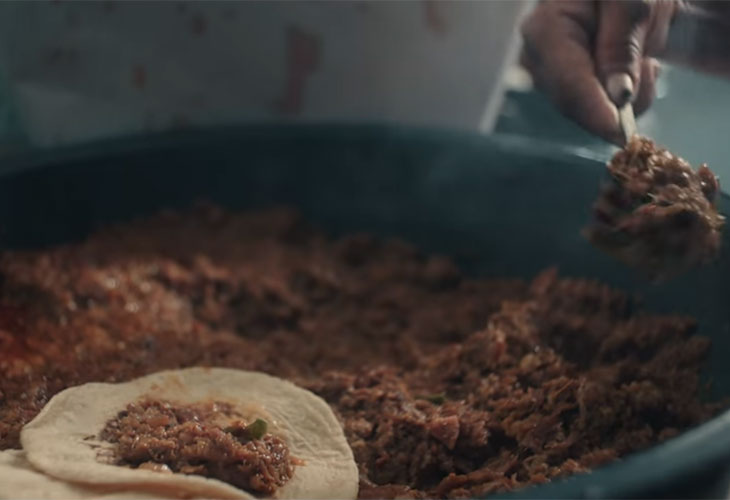
Episode 3 is my favorite. Canasta or basket tacos. The cheapest taco stacked in baskets and sold by vendors on bicycles. The filling can be potatoes, beans, sausages… but the most popular is chicharron — minced fatty pork skin stewed with carmelized onions and chilies.
Episode 4 covers asada or grilled meat tacos, the taco variety that is probably most known outside of Mexico has grilled beef for its filling.
Barbacoa taco covered in Episode 5 is probably the most indulgent of all. The filling comes from a whole lamb, cut into portions, each wrapped in agave leaf and baked in a wood-fired pit dug into the ground for ten to twelve hours. The meat cooks in its own juices so the natural flavors are retained.
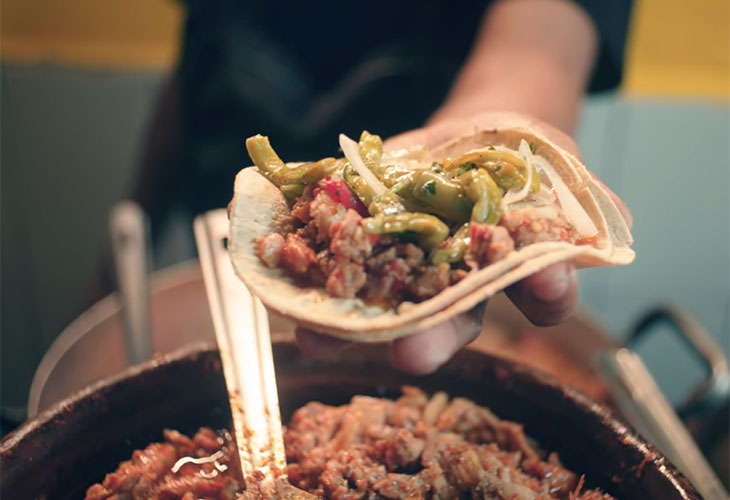
Finally, in Episode 6, tacos de guisado, and guisado here is not the equivalent of sauteed as the word is used in the Philippines. Tacos de guisado are filled with various stews which can include tomato rice, beans, cheese-stuffed chilies or even eggs. And, of course, there’s stewed meat which come in an endless variety, color and flavor.
It was an eye-opener for me, really, because I used to think that tortillas and carnitas equal taco. And that’s already a huge leap from my first taco experience which was so bad it made me think that Mexican food was terrible. Soft tortillas did not become available in groceries here in the Philippines until, well… it has to be around the second half of the first decade of the 21st century. Before that, there were only hard-shell tortillas which were sold in boxes as hard-shell tacos.
One night in the 1990s, my mother-in-law, a true-blue baby-boomer who became a young adult during the American colonial rule and therefore embraced American culture with gusto, served “tacos” for dinner. It was the favorite of her second youngest son, she declared. The experience would be repeated over a decade later when a friend served tacos at her house in exactly the same way.
Everything that was supposed to go into the hard-shell tortillas were laid out on the table and we were all meant to assemble our own tacos. Shredded lettuce went in first followed by cooked ground beef topped by chopped onion and tomatoes, and — the crowning glory — shredded cheese. I had no issues with the fillings. Tossed together and drizzled with dressing, they’d make a lovely salad. But was that really a taco? And how to eat the damn “taco” without everything falling and making a mess?
I recalled all that while watching the six episodes of Taco Chronicles. I wished so much that all that information had been available to us all those years ago. Then, we would have better appreciation and more respect for this Mexican streetfood. As you may have surmised by now, hard-shell taco is not eaten in Mexico. It’s essentially Mexican-American and not even remotely similar to Mexican taco.

